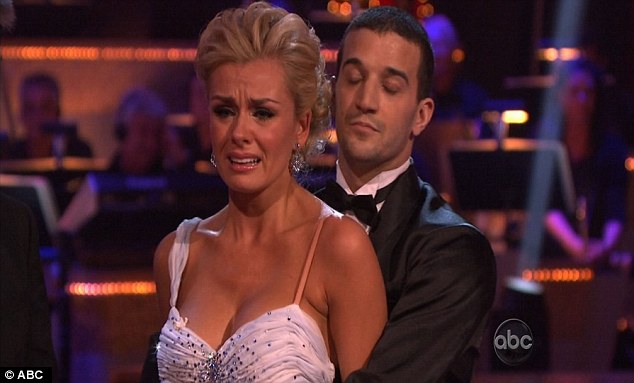Technology has proven a life easing positive advancement for many individuals and an insurmountable web of confusion for others. There are those of us who can and those of us who simply can’t when it comes to the internet and social media.
It is clear that the divide is mostly between the generations who were only introduced to advanced Internet technology and social media in their adult lives and the generation who has grown up immersed in the world of social media, iPhones and the world wide net.
Take a look at the video below of a baby who can’t even talk but can use an iPad as if it were second nature. How does this video make you feel?
Click here to view the embedded video.
How does all this interaction with computers, the Internet, and social media such as Facebook
and Twitter really affect us especially the children who know no other way of living?
WebProNews/Social Media has reported on the affect of social media on the world’s youth.
A study by Time Inc. compared two groups, those who were born into the world of Internet technology “Digital Natives” and those who were not “Digital Immigrants“.
The purpose of the study was to show how the proliferation of digital devices and platforms affect consumer consumption habits and whether different generations engage differently with various media platforms.
Which generation are you from?
Interesting but perhaps not surprising, the study found that Digital Natives (DN’s) are much more connected with their technological devices than Digital Immigrants and this has various impacts on their behavior.
DN’s tend to switch their attention between media platforms (i.e. TVs, magazines, tablets, smartphones or channels within platforms) 27 times per hour, about every other minute and spend more time using multiple media platforms simultaneously, which was linked to a constrained emotional engagement with content. That is they experience fewer highs and lows of emotional response and as a result.
The main point, if you have grown up with the Internet and social media then you are in some sense addicted to the various forms of social outlets and often use those to regulate your mood. They down side of this, well as soon as they grow tired or bored, Digital Natives turn their attention to something new.
What do you think about the results of this study?
Are the effects of being a Digital Native bad? Or do they have necessary advantages?

